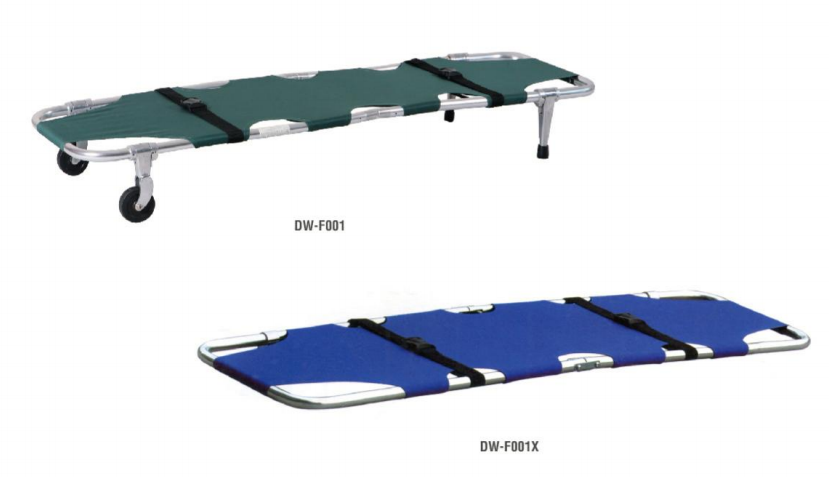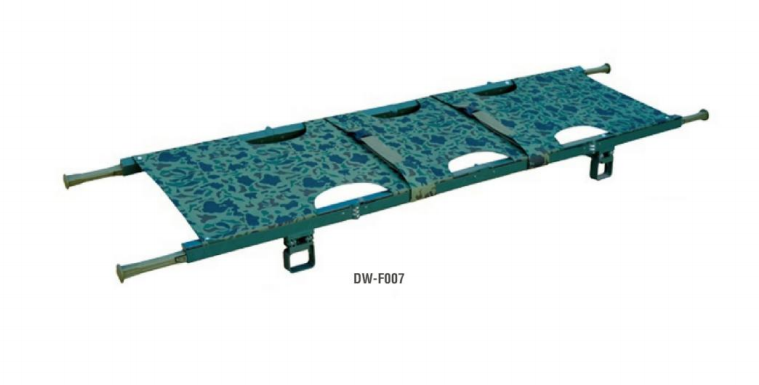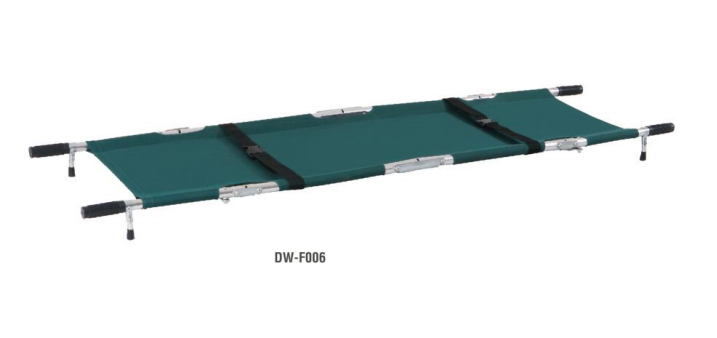Folding stretchers have really shaken up the gear that EMTs and hospital crews carry. They pack down small enough to slide under a bus seat, yet they stretch out big enough to cradle a tall, heavy patient. That mix of size and strength is what makes them popular in tight ambulances, busy stadiums, and even disaster sites.
Design and Mechanism
The secret sits in the stretcher's frame, where smart, beefy hinges hide at the center and by the legs. With a quick press or pull, the whole thing folds like a camp chair-easy, no wrestling required. Engineers lean on lightstuff-aluminum alloys, tough carbon fiber, and hard-wearing plastics-because the gear has to hold a patient but cant weigh a ton on the medics back. A few high-end models even sneak in spring helpers or slide-in locks, letting crews stow the stretcher in the blink of an eye.
Portability stands out as the biggest win when it comes to folding stretchers. They shrink to an easy-to-carry bundle that slips into tight corners of ambulances, helicopters, or any relief rig. This matters big-time in a crisis, because every inch of space gets used up fast.
Medical centers appreciate the compact shape, too; a folded stretcher can slide behind a cabinet or hang on a wall without hogging room. Nurses love that they can grab one on the fly and still have pathways clear for busy shifts.
Speed is another selling point. First responders can yank the gear from its latch, give it a quick snap, and boom-it's ready to roll. During a quake or a multi-victim crash, those lost seconds pile up, so the faster responders move, the more lives they shift out of danger.
Maintenance gets easier when gear folds down small. Staff can wipe every edge without wrestling with a giant frame, and storage racks look neat instead of cluttered. Keeping all surfaces clean ends up being as simple as letting the stretcher take a nap in a lower cabinet.
Folding stretchers pop up in a lot of places you might not expect. EMS workers stash them in the back of an ambulance because the frame folds flat and slides into tight spots. That same feature helps crews squeeze through narrow hallways and haul a patient down a shaky flight of stairs without getting hung up. Soldiers and disaster volunteers also swear by the gear; it takes punches from mud, rain, or war-zone dust and still carries a hurt person out quickly.
Hospitals find the stretchers handy for quick in-house moves, and when theyre done, the cot folds away like a book so the floor isnt blocked. Rural clinics that lack fancy transport gear appreciate how light the unit is; one medic can toss it across a shoulder and walk miles over a bumpy trail if the job calls for it. Even in those split-second, every-second-counts moments, the stretcher folds-up fast and beats a long wait for an ambulance.
Folding stretchers may look simple, but they have to pass a pile of safety tests before anyone can buy them. The hinge or folding bar needs to lock tight, so it wont snap shut the minute you put a patient down. One big worry is how much weight the thing can take; engineers calculate that limit and build in a cushion, meaning the stretcher is still rock-solid even when its folded ton. The fabric and frame are chosen for toughness, rust-resistance, and the kind of wear-and-tear that comes from opening and closing the stretcher hundreds of times, letting crews keep using the same kit year after year.
In short, a folding stretcher mixes portable design with real muscle, and that blend is why you see them everywhere-in hospitals, ambu-vans, and natural-disaster stockpiles. Their knack for fitting into tight spaces while still getting patients moved fast has made them a must-have tool for caregivers all around the globe.


